|
|
Post by silva on Jun 25, 2024 9:31:29 GMT
FIRST TIME IN PORTUGAL! (Amazing Ponta Delgada, Azores)
|
|
|
|
Post by silva on Jun 25, 2024 9:40:04 GMT
Is this Hawaii or Portugal? Discovering São Miguel Island, Azores 🇵🇹
|
|
|
|
Post by silva on Jun 25, 2024 9:42:11 GMT
We came to Portugal for THIS! Trying the most EPIC Portuguese food in the Azores
|
|
|
|
Post by silva on Jun 25, 2024 9:56:37 GMT
SHOCKED by grocery prices in Portugal (full supermarket tour) 🇵🇹
|
|
|
|
Post by silva on Jun 27, 2024 9:40:41 GMT
PORTUGAL: 12 Best Places to Visit in 2024
|
|
|
|
Post by silva on Jun 28, 2024 10:18:46 GMT
Alto Minho 4D: TRADITIONAL ARCHITECTURES Documentary - North of Portugal
Alto Minho 4D: Documentário DAS ARQUITETURAS TRADICIONAIS - Norte de Portugal
look for your language in the video itself
|
|
|
|
Post by silva on Jul 3, 2024 12:53:53 GMT
Reguengos de Monsaraz
Video subtitled in English
|
|
|
|
Post by silva on Jul 8, 2024 10:42:17 GMT
NORTH COAST | ESPOSENDE 2024 | PORTUGAL
LITORAL NORTE | ESPOSENDE 2024 | PORTUGAL
Esposende North Portugal Next to the Atlantic Ocean
|
|
|
|
Post by silva on Jul 8, 2024 10:43:35 GMT
Vidéo promotionnelle de Esposende - Version Française complète
Friend, look for subtitles in your language in the video
|
|
|
|
Post by silva on Jul 14, 2024 13:56:58 GMT
O Mosteiro de Odivelas - The Odivelas Monastery
Founded by El-Rei D. Dinis, at the end of the century. XIII, (1295), at his Quinta de Vale de Flores, in Odivelas, it was built between 1295 and 1305.
Several hypotheses are suggested for its construction. One of the reasons given is echoed in the legend that narrates the attack by a bear, when the monarch was hunting near Beja. In thanksgiving for having survived, he promised to build a chapel at the Convent of São Francisco, in Beja and, later, the construction of a Cistercian monastery.
The Monastery was donated to the Bernarda nuns of the Cistercian Order.
In Cistercian Primitive Gothic style, it is built according to the model established by the reformer of the Order, Saint Bernard of Clairvaux, Abbot, Dr. of the Church and spiritual mentor of the Cistercian Order.
The Monastery underwent significant changes during the reigns of D. João IV (1604-1656) and D. João V (1706-1750), but it was the reconstruction carried out after the 1755 earthquake that profoundly changed the original design of the building, with the introduction of the neoclassical style, whether in the church or in the buildings of the New Cloister.
The chevet of the church remains from the original construction, comprising the main chapel and two side chapels.
Inside, the Gothic tombs stand out: that of D. Dinis (the first Portuguese example that introduces monumentality into Portuguese tombs. It dates from the 14th century and is one of the most beautiful funeral monuments of Portuguese Gothic), and another attributed to one of his downward.
The Monastery also has two cloisters, the Main one (or New Cloister, designation obtained after the 1755 earthquake), located between the church and the refectory, is composed of two neoclassical style naves, subsequent to the 1755 earthquake. western style, we can still observe the warheads under a reconstituted cover, revealing the primitive Gothic-style construction. An entire ashlar of polychrome tiles from the 18th century runs throughout the gallery. XVII.
The Cloister of Moura, rebuilt at the end of the century. XVII, it is so called because it has a 17th century fountain in the center. XVIII, topped by a figure of a woman in Moorish clothes and a turban on her head that was built by the abbess D. Luísa de Moura. In the ground floor gallery, with chamfered depressed arches, you can see some Gothic capitals. The upper gallery, from the 16th century, occupies three flights of cloister. To the northeast of the cloister was the royal house of D. Dinis, which collapsed in 1922.
In 1888 the Monastery closed definitively following a set of legislation that put an end to the Religious Orders. In 1902, Infante D. Afonso, brother of King D. Carlos, founded the Odivelas Institute.
It is a National Monument by ten. of 06/16/1910.
........................................
In portuguese
Fundado por El-Rei D. Dinis, em finais do séc. XIII, (1295), na sua Quinta de Vale de Flores, em Odivelas, foi construído entre 1295 e 1305.
Várias hipóteses são apontadas para a sua edificação. Uma das razões apontadas encontra eco na lenda que narra o ataque de um urso, quando o monarca caçava perto de Beja. Em ação de graças por ter sobrevivido, terá prometido construir uma capela no Convento de São Francisco, em Beja e, depois, a edificação de um mosteiro cisterciense.
O Mosteiro foi doado às monjas Bernardas da Ordem de Cister.
De estilo Gótico Primitivo cisterciense, é edificado de acordo com o modelo estabelecido, pelo reformador da Ordem, São Bernardo de Claraval, Abade, Dr. da Igreja e mentor espiritual da Ordem de Cister.
O Mosteiro sofreu alterações significativas nos reinados de D. João IV (1604-1656) e D. João V (1706-1750), mas foi a reconstrução efetuada após o terramoto de 1755 que altera profundamente a traça primitiva do edifício, com a introdução do estilo neoclássico, quer na igreja, quer nos lanços do Claustro Novo.
Da primitiva construção restam a cabeceira da igreja, constituída pela capela-mor e duas capelas laterais.
No interior destacam-se os túmulos góticos: o de D. Dinis (primeiro exemplo português que introduz a monumentalidade na tumulária portuguesa. Data do séc. XIV e é um dos monumentos fúnebres mais belo do gótico português), e outro atribuído a um seu descendente.
O Mosteiro tem ainda dois claustros, o Principal (ou Claustro Novo, designação obtida após o terramoto de 1755), localizado entre a igreja e o refeitório, é constituído por duas naves de estilo neoclássico, posteriores ao terramoto de 1755. Nas naves meridional e ocidental, podemos ainda observar as ogivas sob uma cobertura reconstituída, denunciando a construção primitiva de estilo gótico. Percorre a galeria todo um silhar de azulejos policromadas do séc. XVII.
O Claustro da Moura, reconstruido nos finais do séc. XVII, é assim designado por ter ao centro uma fonte do séc. XVIII, encimada por uma figura de mulher com roupas mouriscas e turbante na cabeça que foi mandada edificar pela abadessa D. Luísa de Moura. Na galeria térrea, de arcos abatidos chanfrados, observam-se alguns capitéis góticos. A galeria superior, quinhentista, ocupa três lanços de claustro. A nordeste do claustro localizava-se a casa real de D. Dinis, que desmoronou em 1922.
Em 1888 o Mosteiro encerra definitivamente na sequência de um conjunto de legislação que põe fim às Ordens Religiosas. No ano de 1902, o Infante D. Afonso, irmão do Rei D. Carlos, funda o Instituto de Odivelas.
É Monumento Nacional por Dec. de 16/06/1910.
|
|
|
|
Post by silva on Jul 17, 2024 17:30:59 GMT
Why is Silves the Must-Visit Destination in Algarve, Portugal? Find Out Now!
|
|
|
|
Post by silva on Aug 12, 2024 18:49:11 GMT
There’s One Key Reason Nobody Talks About Chaves, Portugal
|
|
|
|
Post by silva on Aug 24, 2024 10:21:40 GMT
São Martinho do Porto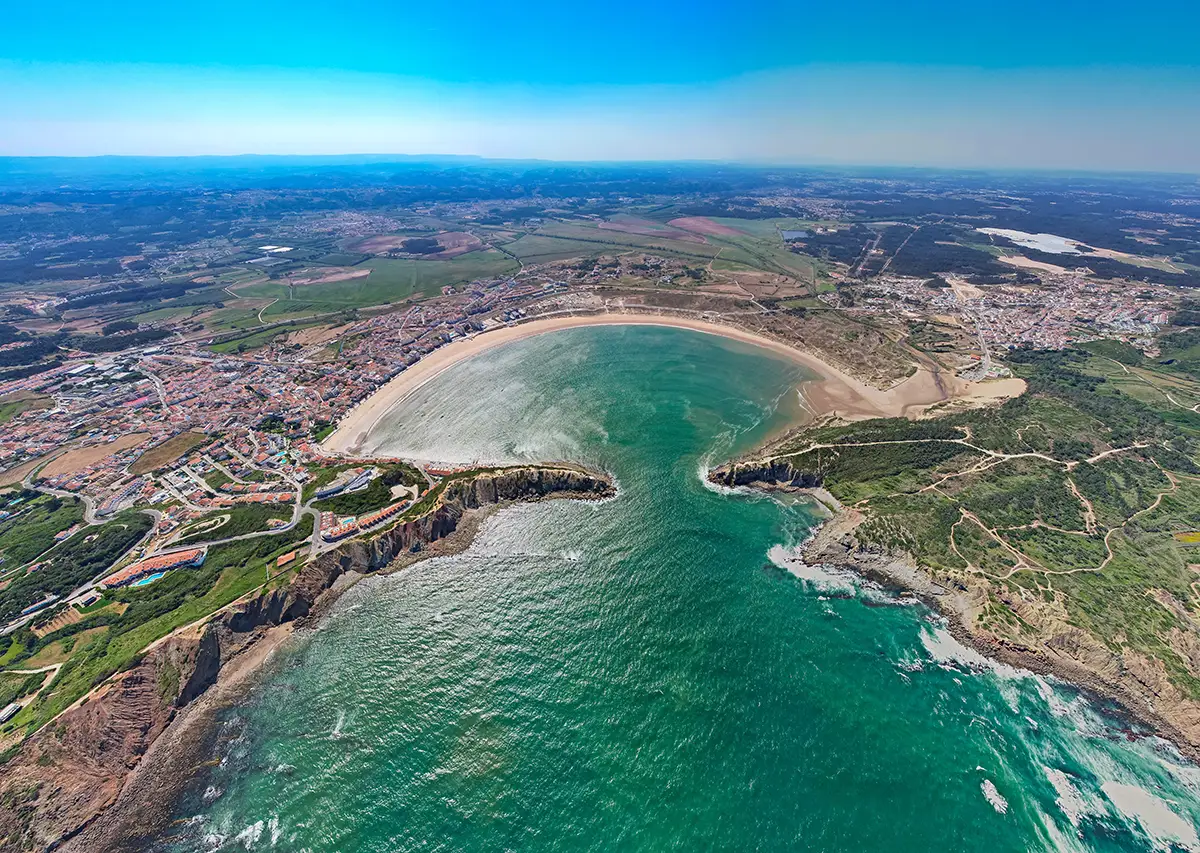 São Martinho do Porto is not a place you would typically find in most lists, not because it is not beautiful, but rather because it is off the beaten path. São Martinho do Porto's most beautiful feature is its shell-like bay, almost in a perfect C, creating a uniquely distinct circular-shaped beach. It is the perfect location for a full day of relaxation and spending time with the family, either just hanging out by the beach, taking a stroll through the nearby busy markets, or even enjoying camping activities in nearby parks. Monsanto 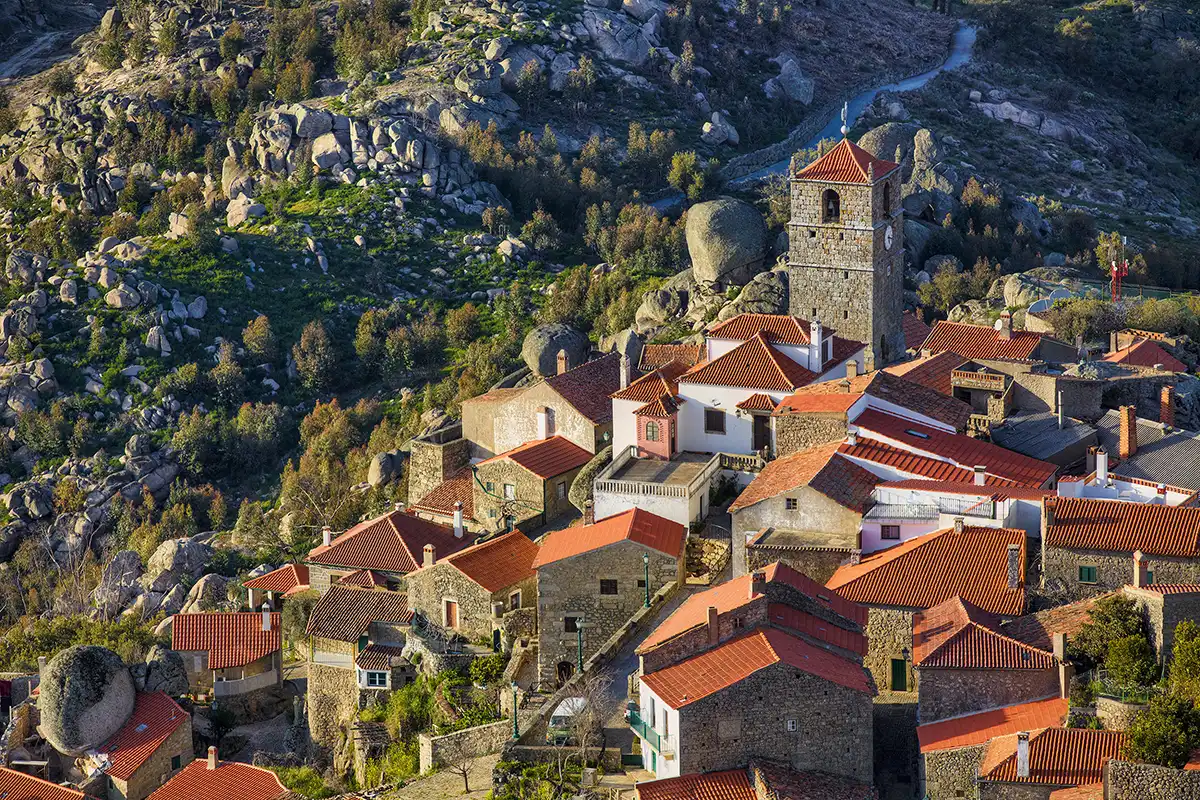 Not to be confused with Monsanto Park in Lisbon, though that one could also easily feature in this list. This Monsanto is a small, picturesque village in the district of Castelo Branco, sitting on top of a "hill" with more than 700m (around 2200ft), and built almost entirely in stone. Monsanto is one of the most unique sights in Portugal. Monsanto holds the title of "Historical Portuguese Village" and is a must-visit place for anyone interested in history. With a medieval castle as its main landmark, it once was the home of Romans, Arabs, and Barbarians before being conquered by Portugal's first king, who handed the village to the Knights Templar. |
|
|
|
Post by silva on Aug 24, 2024 10:33:55 GMT
Serra do Marão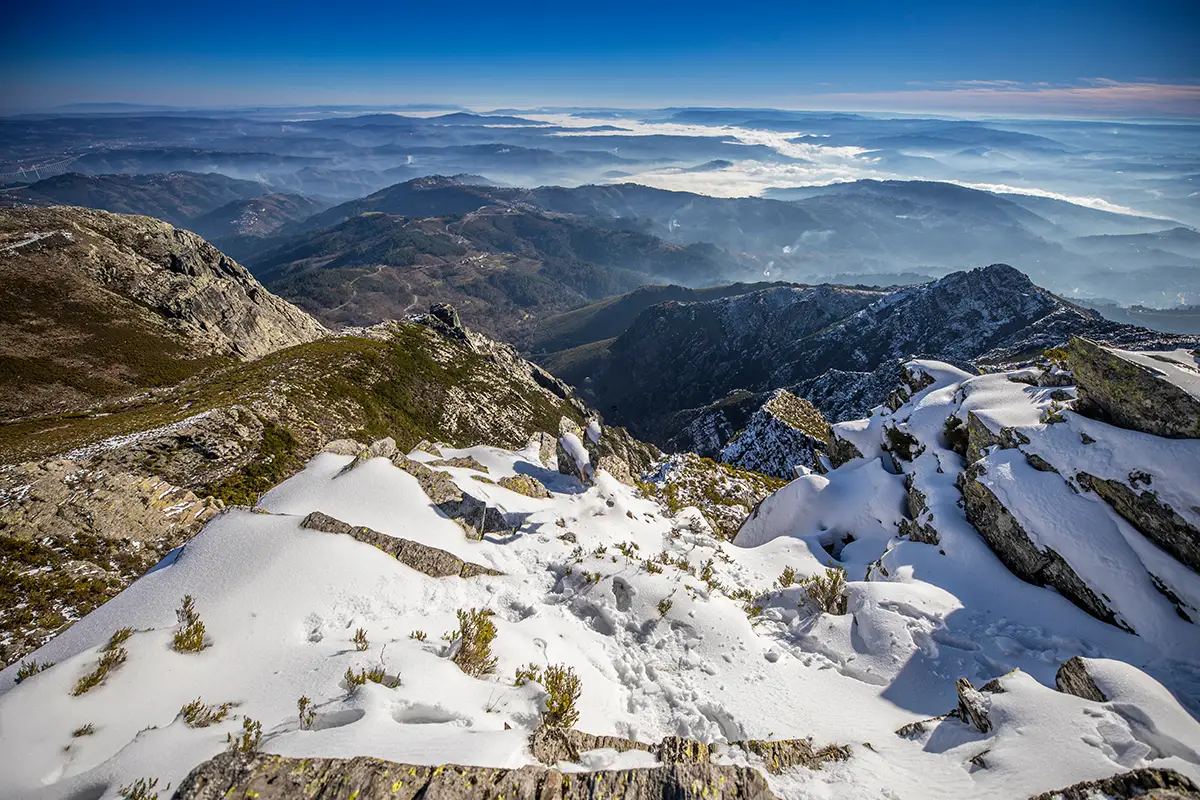 Serra do Marão is a Northern Portugal staple landmark, a mountain range that stretches across the Vila Real and Porto districts. Hiking to its summit will be an enduring yet rewarding challenge for the breathtaking vistas awaiting you. Along the way, stop and admire the countless bird species. So many have made Marão their home, it is one of the best spots in Portugal to practice birdwatching, and to reconnect with nature at the most essential level. Elvas 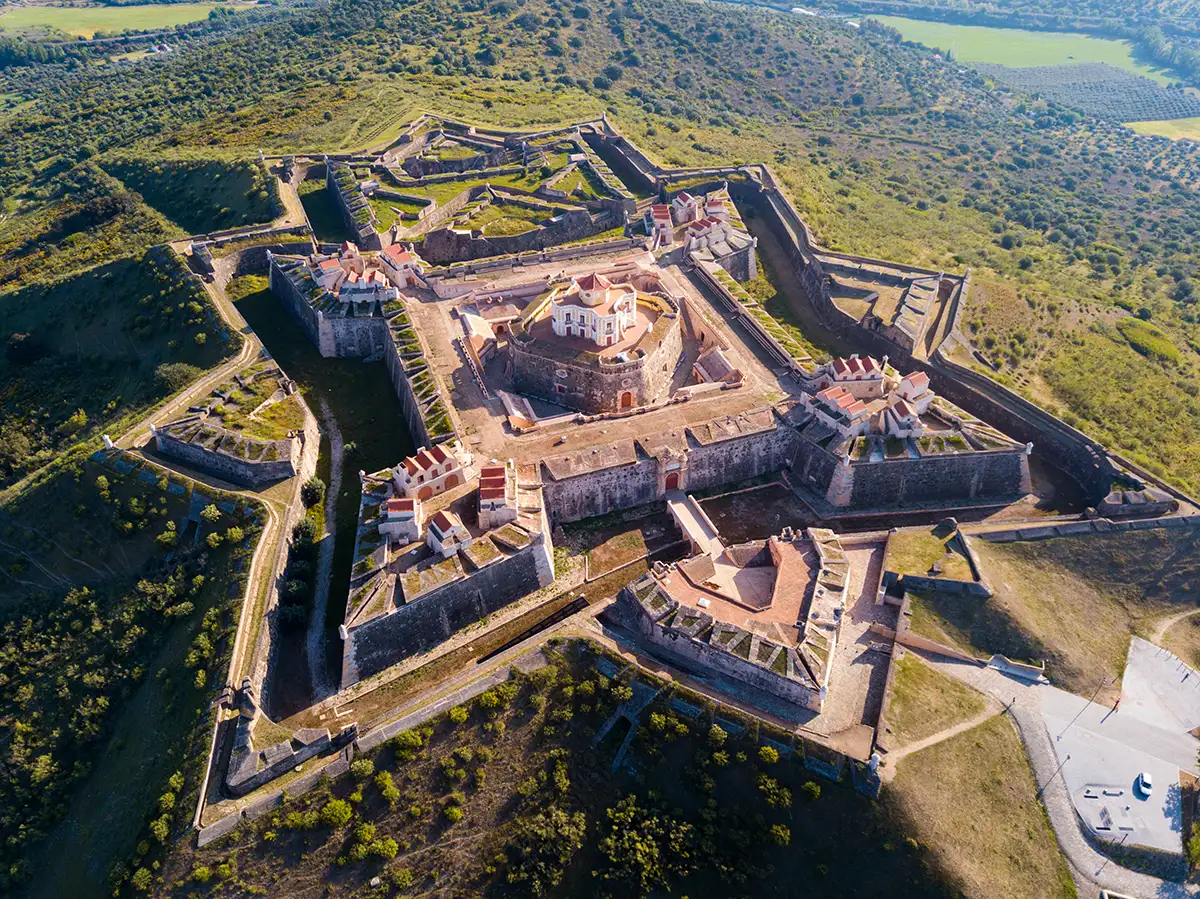 Elvas might not be anyone's first guess at what the most beautiful place in Portugal might be. Its beauty does not come from stunning vistas or awe-inspiring sights, but from its invaluable worth to Portuguese culture and history, and that alone merits it a spot on this list. Elvas's star-shaped bulwarked fortifications surrounding the village are the largest in the world and a UNESCO World Heritage Site, and a testament to the military prowess Portugal boasted in the 17th century. Inside Elvas, the promise of a trip to the past is all but guaranteed and made all the better with the typical Alentejo cuisine and wine to go with it. Sagres 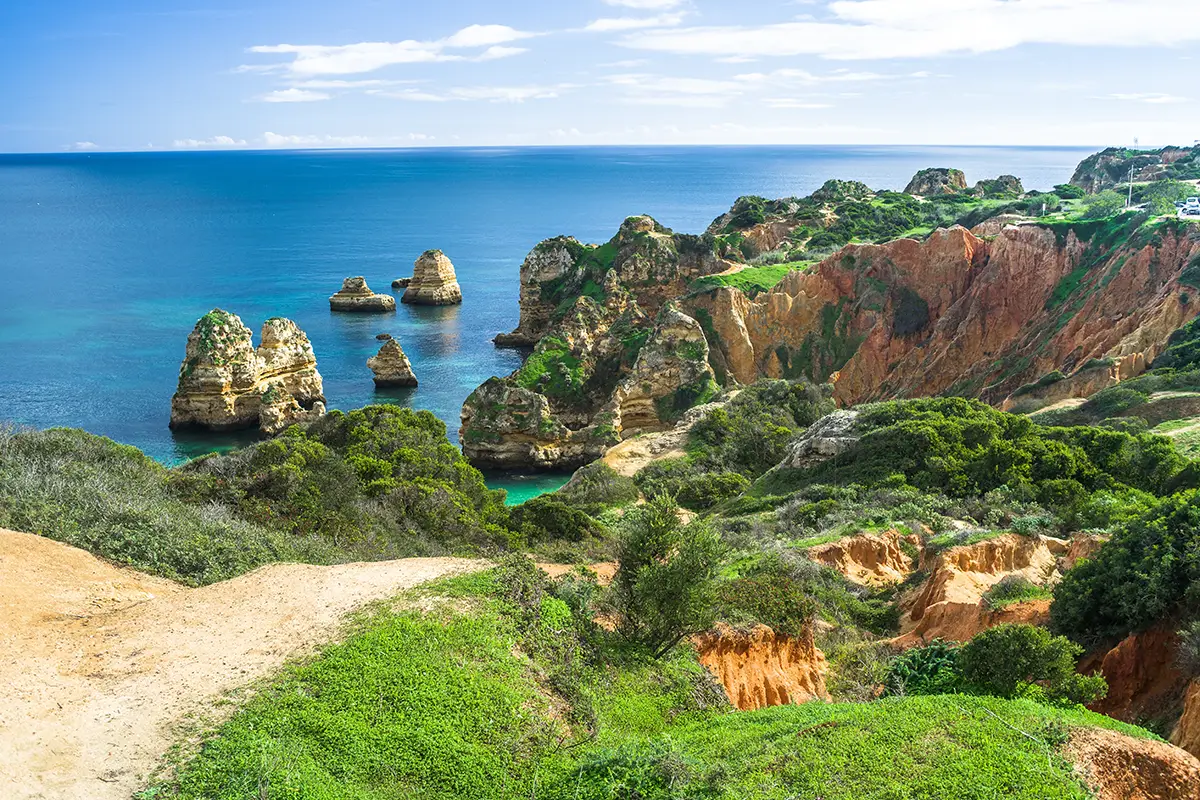 The Algarve is an unmissable region to visit, especially during the Portuguese summer. Instead of hopping down to known fixtures like Portimão, Lagos or Albufeira, continue the travel westward to Sagres, a lesser-known village but by no means any less beautiful, and one of Portugal’s westernmost points. Sagres holds immense historical importance, as it was the mythical location where Prince Henry the Navigator, a key Portuguese figure from the Discoveries, founded Escola de Sagres where the best sailors were trained. Beyond important landmarks like the Fortress, Sagres is also the perfect alternative destination with its pristine beaches. Escola de Sagres - Sagres School |
|
|
|
Post by silva on Aug 24, 2024 10:44:38 GMT
São Lourenço 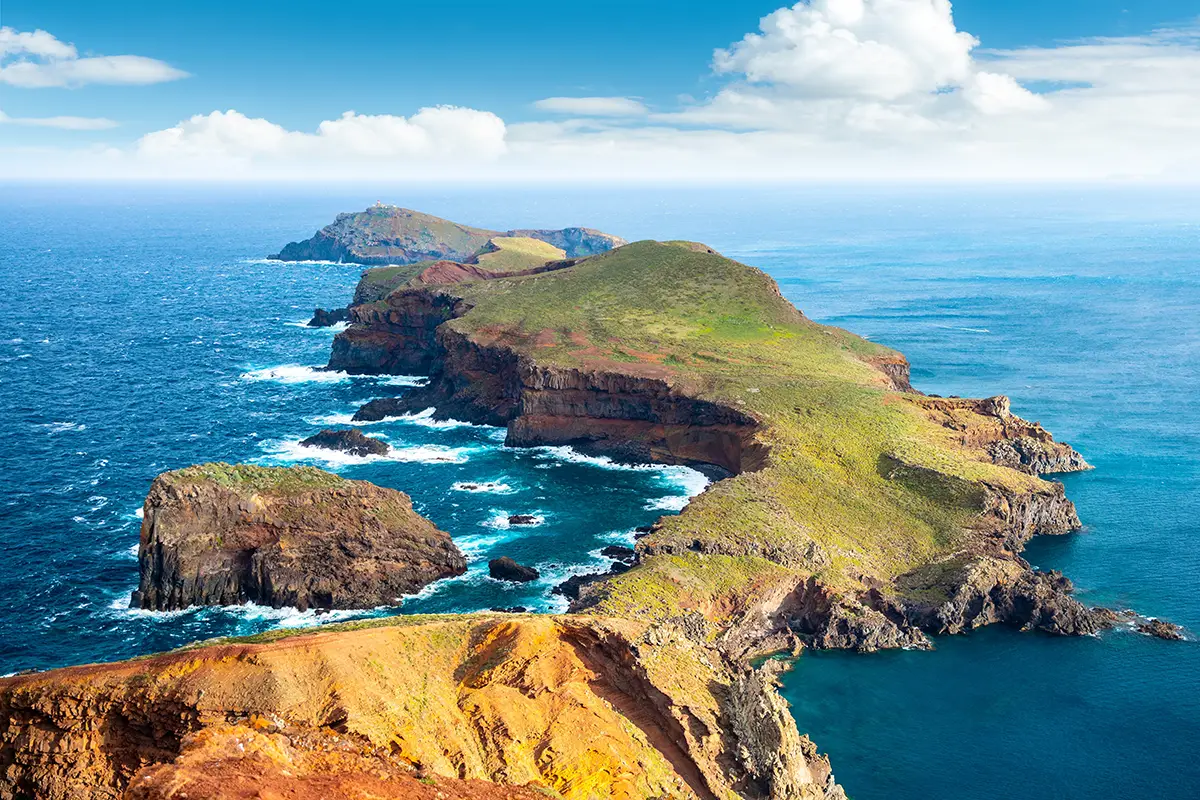 The Madeira archipelago houses several of the prettiest places in Portugal, but none more so than São Lourenço, a peninsula that stretches out into the eastern side of the Atlantic Ocean. It is a mandatory stopping point for anyone visiting Madeira, with its unique ecosystem, distinct from the rest of the island. Hiking trails are available across the peninsula, presenting the perfect opportunity for raw shots and gorgeous pictures. It is about 6km to go back and forth. |
|